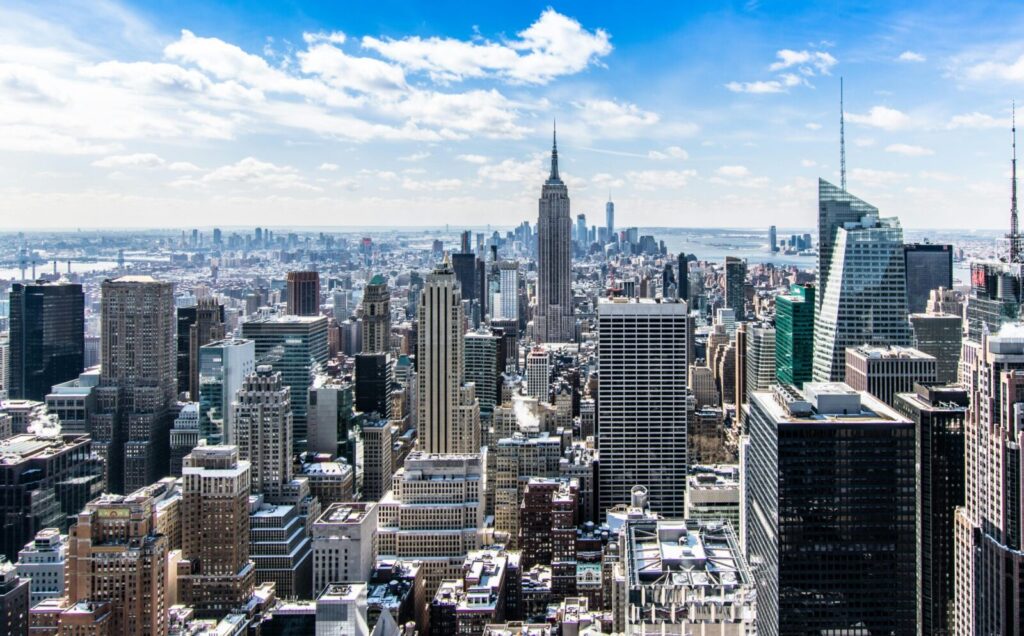Major metropolitan areas across the United States are increasingly slipping in national safety rankings. Once regarded as hubs of security and stability, many large cities now face complex challenges that extend beyond traditional crime statistics. The recent report placed New York City at an unexpected 117th position out of more than 180 cities assessed. This drop reflects broader shifts in what constitutes safety today and why big cities may no longer be considered among the nation’s safest places to live.
Expanded Definition of Safety

Safety is no longer measured only by the absence of violent crime. The 2025 report evaluated 41 indicators, including natural‑disaster risk, access to healthcare, financial stability, uninsured rates, unemployment, and housing affordability. Large metro areas often struggle to maintain consistent performance across all these dimensions. While some may excel in policing or infrastructure, they may lag in household financial security or resilience to disasters, thereby lowering their overall safety ranking despite lower crime rates.
High Cost of Living and Financial Vulnerability
Large cities often feature steep housing costs, high taxes, and inflation‑driven expenses that strain household budgets. Many residents of big cities face increased risk due to economic pressures such as rising mortgage costs, healthcare costs, and housing instability. These financial stressors heighten vulnerability and reduce resilience in the face of crises, making metropolitan areas less safe by modern standards, even if crime itself is relatively controlled.
Infrastructure and Natural‑Disaster Exposure

Metro areas typically have dense populations, aging infrastructure, and concentrated housing, all of which can elevate risk when natural disasters or infrastructure failures occur. Safety rankings now incorporate metrics like traffic fatalities, disaster exposure, and emergency services capacity. Larger cities may struggle to scale infrastructure and emergency response systems proportionate to population size, making them more susceptible to systemic failures and external shocks.
Socioeconomic Inequality and Community Fragmentation
Economic disparity and community fragmentation can undermine the social cohesion that supports public safety. In many large metros, stark inequality, high unemployment, and segments of the population lacking adequate healthcare or insurance contribute to fragile safety ecosystems. The inclusion of financial safety indicators highlights how such systemic gaps weigh heavily on rankings. When significant portions of the population are disconnected from stable economic opportunities, broader community safety suffers.
Smaller Cities Pulling Ahead
Interestingly, some mid‑sized and smaller cities are outperforming large metros in safety rankings. Cities such as San Jose achieve top‑10 status across multiple metrics, including crime, traffic fatalities, overdose deaths, and excessive drinking. These cities often combine strong financial health, accessible health care,and manageable infrastructure demands, factors that collectively bolster safety. Their success underscores the growing gap between large metro areas and smaller, more nimble jurisdictions.
Implications for Policy and Urban Planning

The shift in safety rankings signals important implications for policymakers and urban planners. City leaders must broaden their focus beyond crime prevention to include economic resilience, infrastructure robustness, health access, and disaster readiness. Effective strategies may include investing in affordable housing, improving public transit and emergency infrastructure, expanding access to healthcare, and enhancing local economies. Only by addressing safety holistically can large metropolitan areas reclaim top spots in national rankings.
Comments